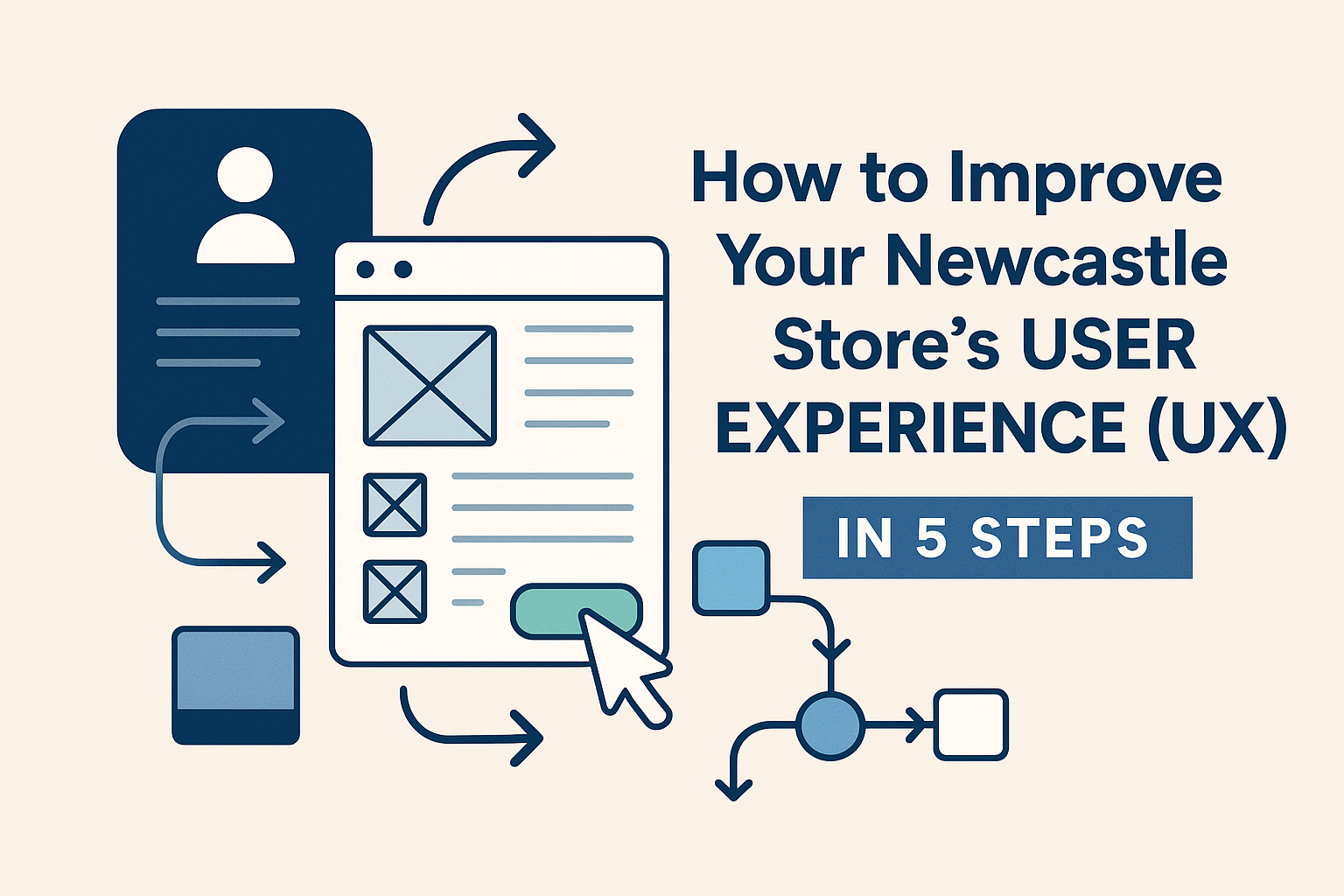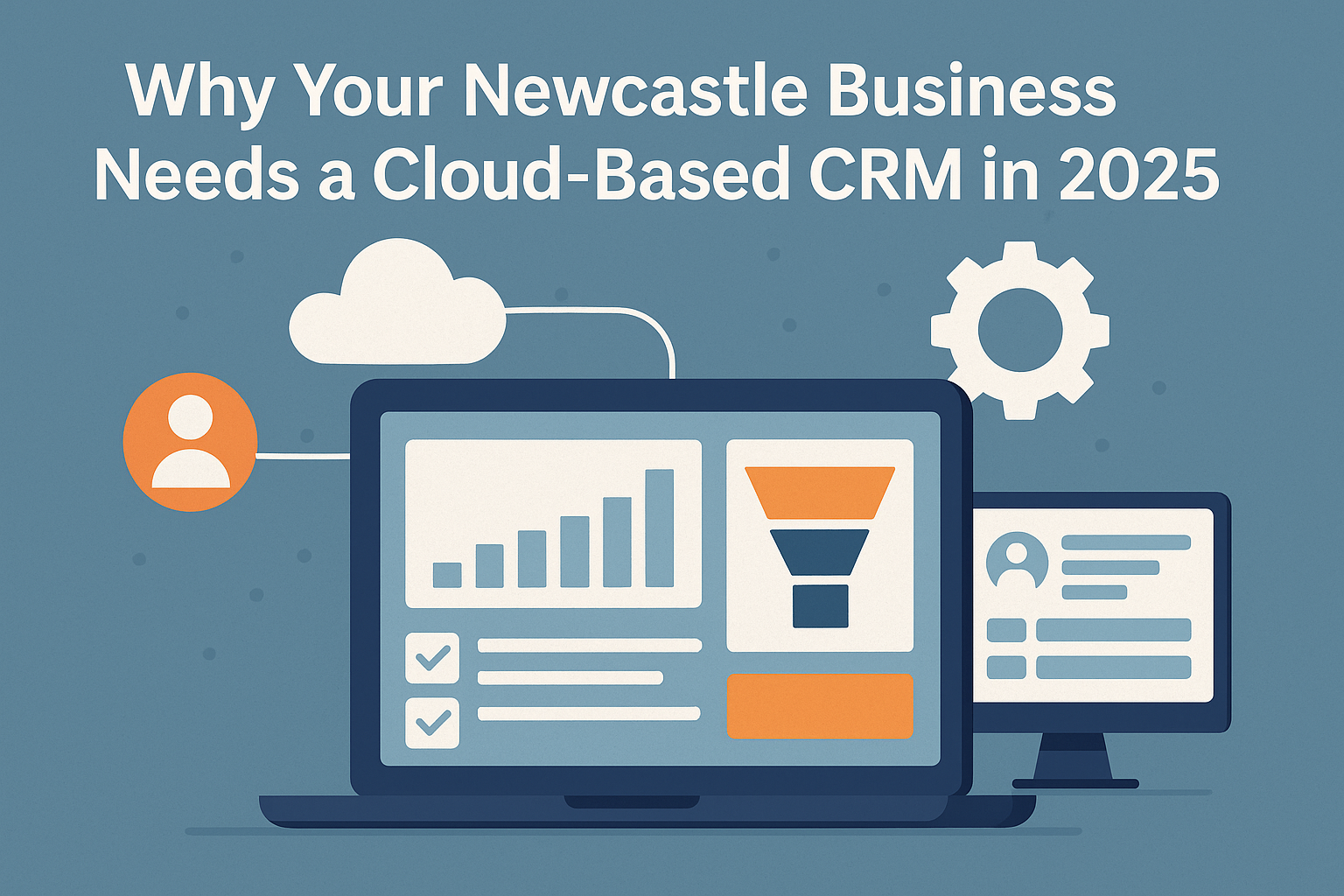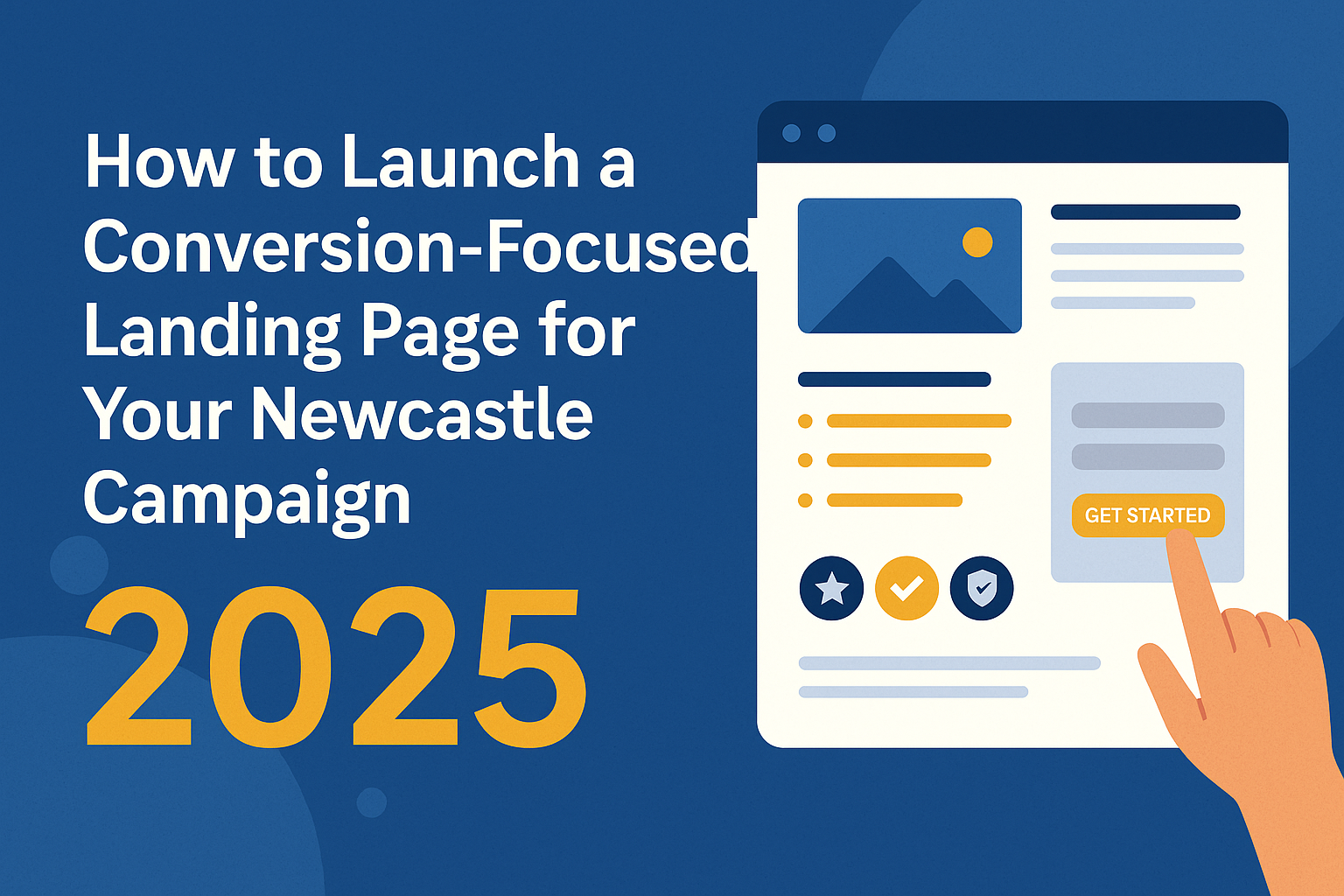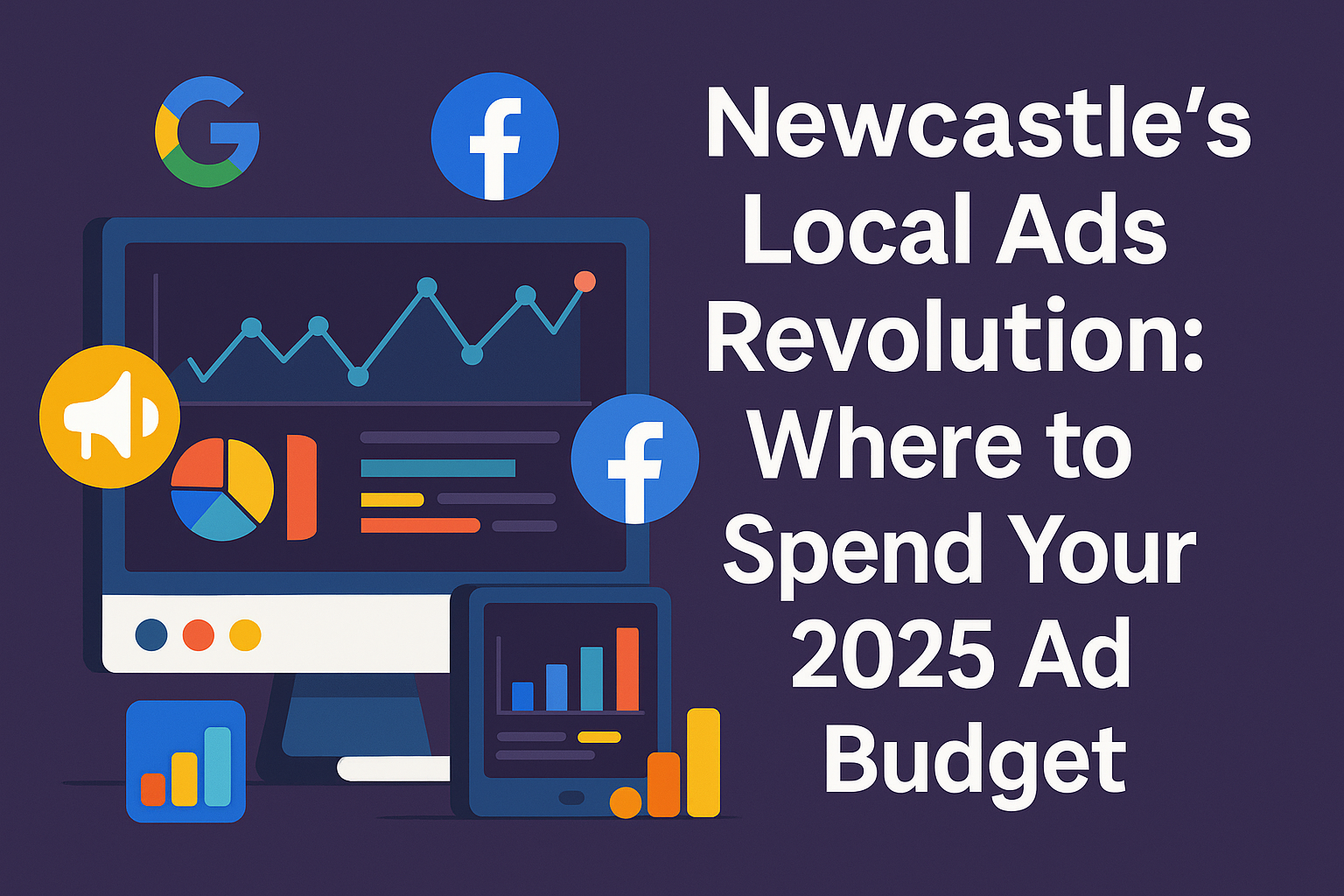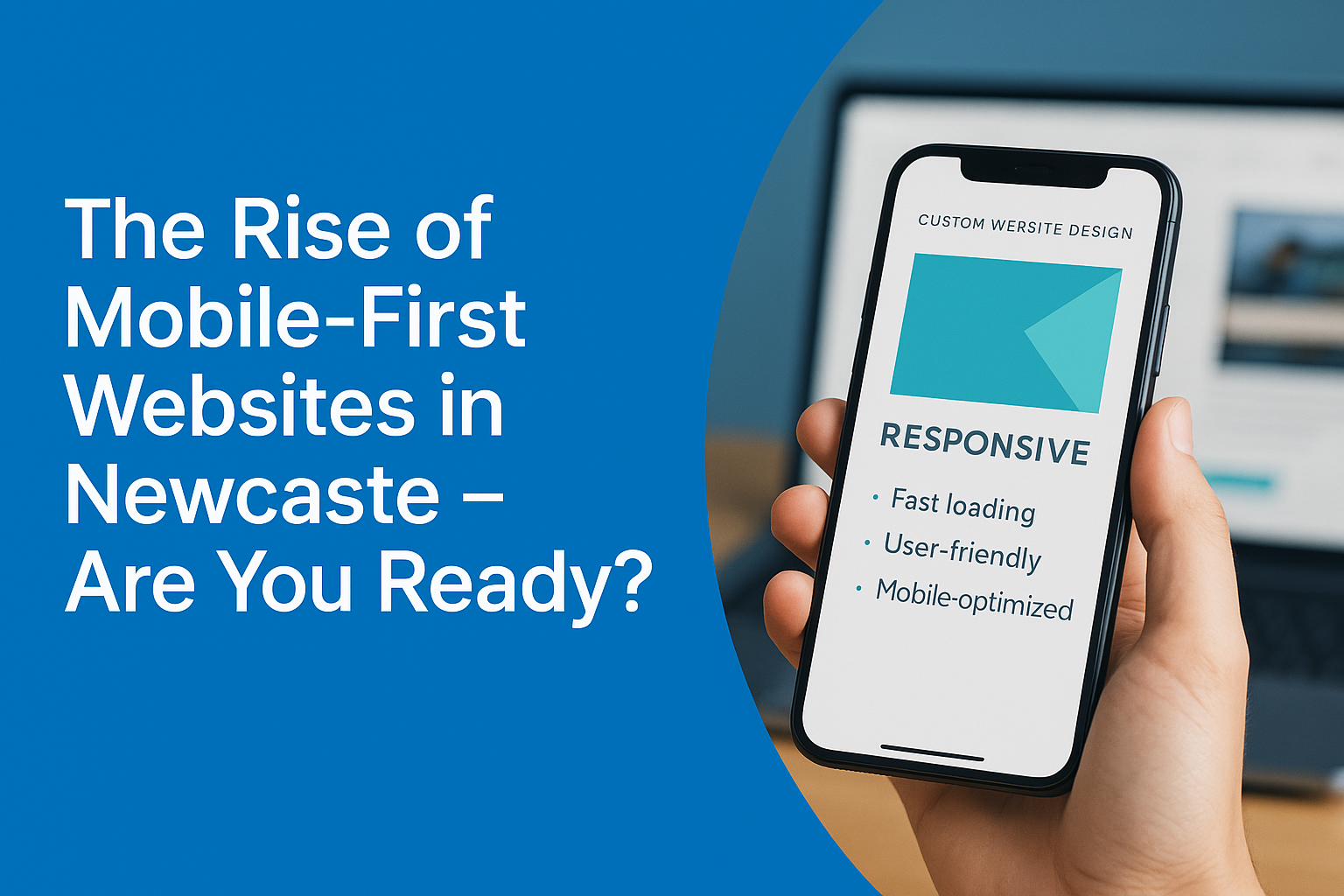- sales@robatodigitals.com
- 124 Westwood Dr, Burnside VIC 3023
Trends in Modern Website Design: Staying Ahead in the Digital Era

Trends in Modern Website Design: Staying Ahead in the Digital Era
In today's fast-paced digital landscape, a website is often the first point of contact between a business and its potential customers. Therefore, it's crucial to ensure that your website not only provides valuable information but also offers an engaging and aesthetically pleasing user experience. As we step into 2023, let's explore some of the top trends in modern website design that can help you stay ahead in the competitive digital realm.
1. Minimalist Design: Less is More
Minimalism continues to be a prevailing trend in website design. Clean, uncluttered layouts with ample white space not only look sophisticated but also improve user navigation. By reducing visual noise and focusing on essential elements, minimalist designs create a memorable and user-friendly browsing experience.
2. Mobile-First Design
With the increasing use of smartphones and tablets, responsive web design is no longer optional but mandatory. Modern websites are designed with a mobile-first approach to ensure they look and function seamlessly on all devices. This enhances user accessibility and helps improve search engine rankings, as Google prioritizes mobile-friendly sites in its search results.
3. Dark Mode
Dark mode, once considered a niche feature, has gained widespread popularity. It's not only visually appealing but also reduces eye strain, especially in low-light conditions. Websites that offer a dark mode option provide users with a personalized browsing experience.
4. Scroll Triggered Animations
Interactive elements and animations that are triggered as users scroll down a page can make your website more engaging and memorable. These subtle animations can include fading in content, parallax scrolling, or even interactive infographics. When used judiciously, scroll-triggered animations can help convey information effectively and keep visitors engaged.
5. Typography Matters
Typography is a crucial element of web design that's often overlooked. Modern websites are paying more attention to typography, with bold and unique font choices that reflect the brand's personality. Custom fonts and creative text layouts can make your website stand out and leave a lasting impression.
6. Micro-interactions
Micro-interactions are subtle animations or responses that occur when users interact with specific elements on a website. These can include button hover effects, form validation animations, or even a simple heart animation when a user "likes" something. These small touches enhance the overall user experience and add an element of delight.
7. 3D Design and Illustrations
Three-dimensional graphics and illustrations are increasingly being used to add depth and realism to web design. These elements can be used to tell a story, showcase products, or create visually appealing backgrounds. When used thoughtfully, 3D design can make your website more immersive and memorable.
8. Accessibility and Inclusivity
Web accessibility is no longer a trend but a necessity. Modern websites are designed with inclusivity in mind, ensuring that everyone, regardless of their abilities, can access and use the site. This includes proper semantic HTML, alt text for images, and keyboard navigation options.
9. Voice User Interface (VUI)
With the rise of voice-activated devices like Amazon Echo and Google Home, websites are starting to integrate voice user interfaces. VUI allows users to interact with a website using voice commands, opening up new possibilities for accessibility and user engagement.
As the digital landscape continues to evolve, staying up-to-date with modern website design trends is essential for businesses and individuals looking to make a strong online impression. Implementing these trends thoughtfully can help your website stand out, provide a better user experience, and ultimately drive success in the digital era. Remember that the key is not just to follow trends blindly but to use them strategically to meet your website's goals and your audience's needs.


